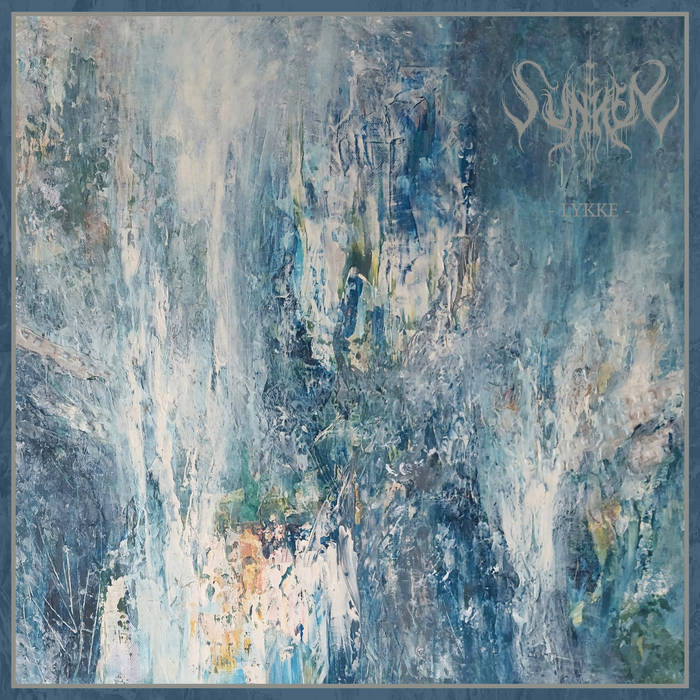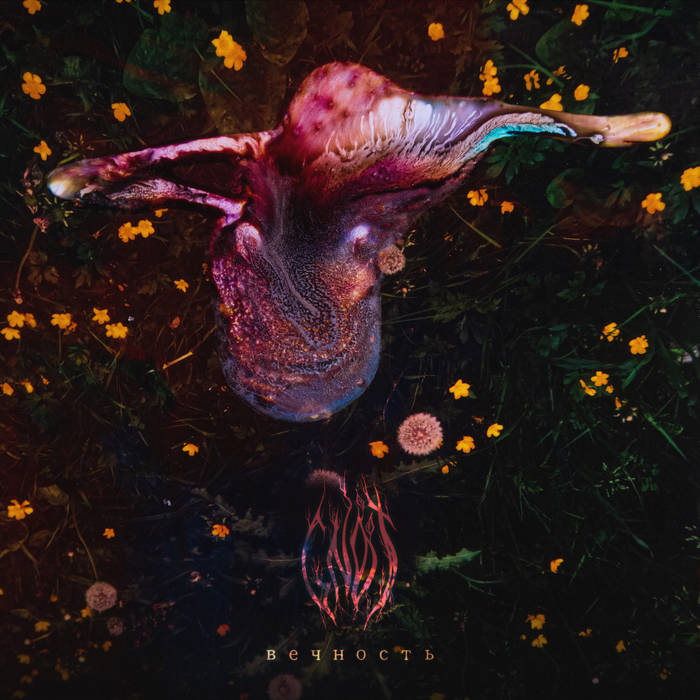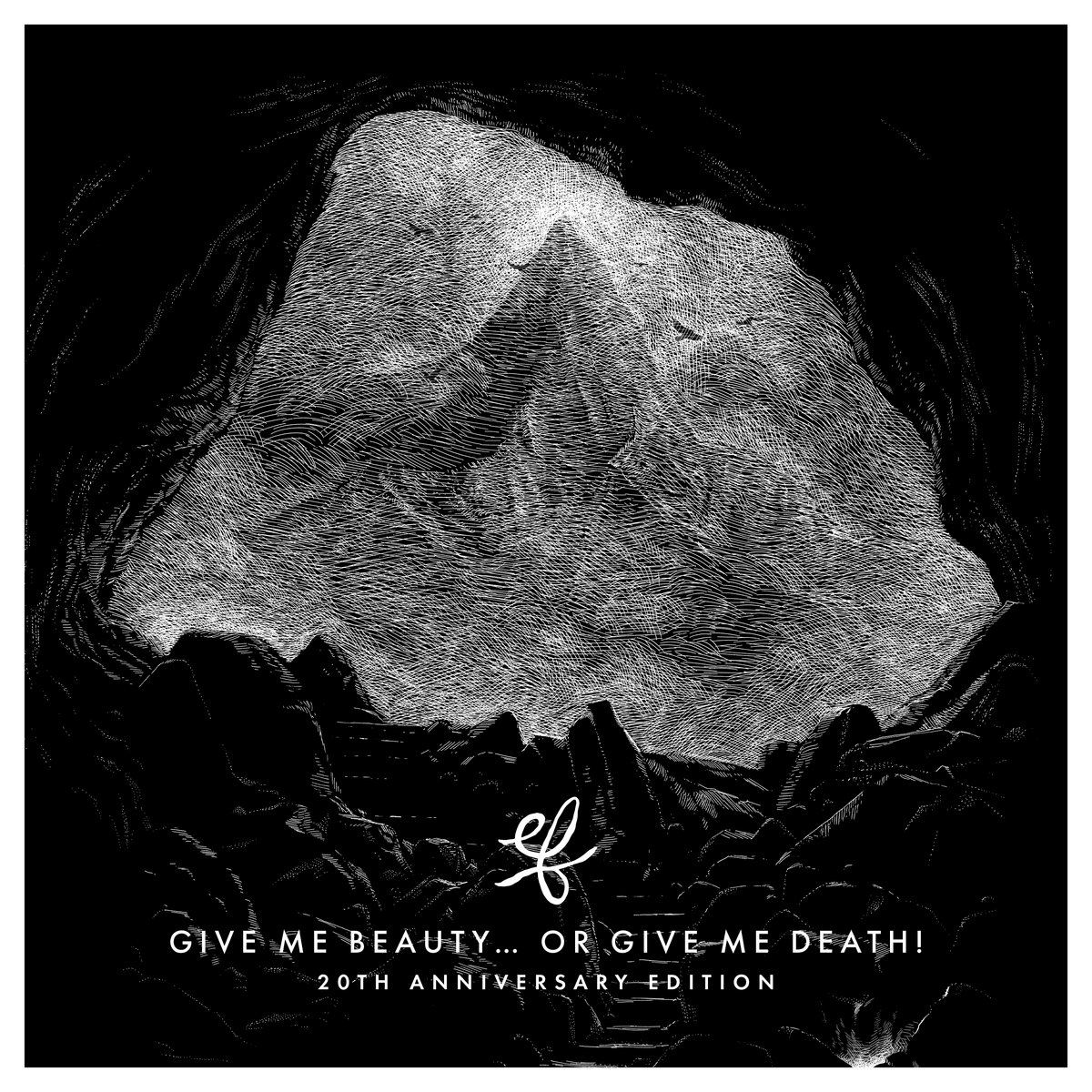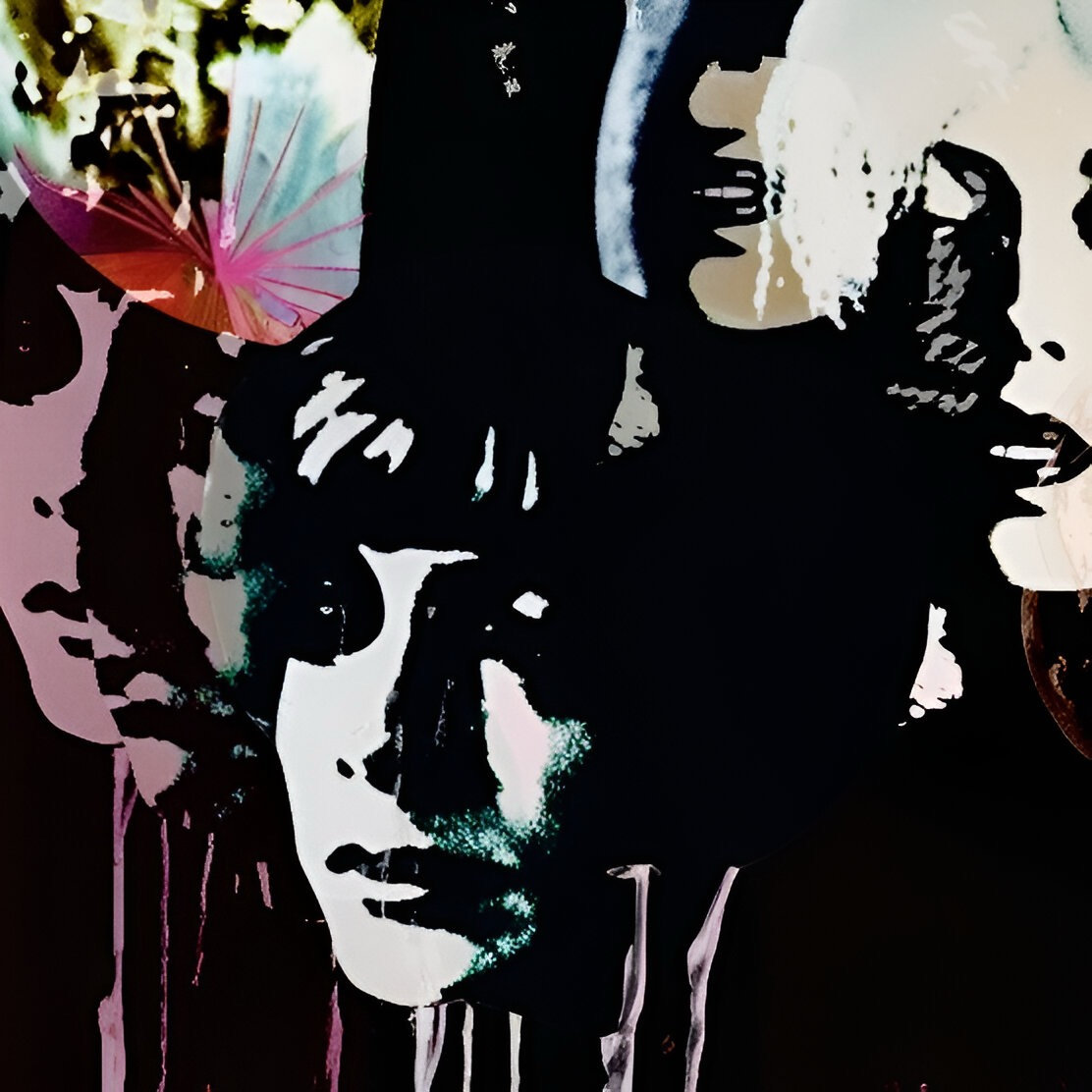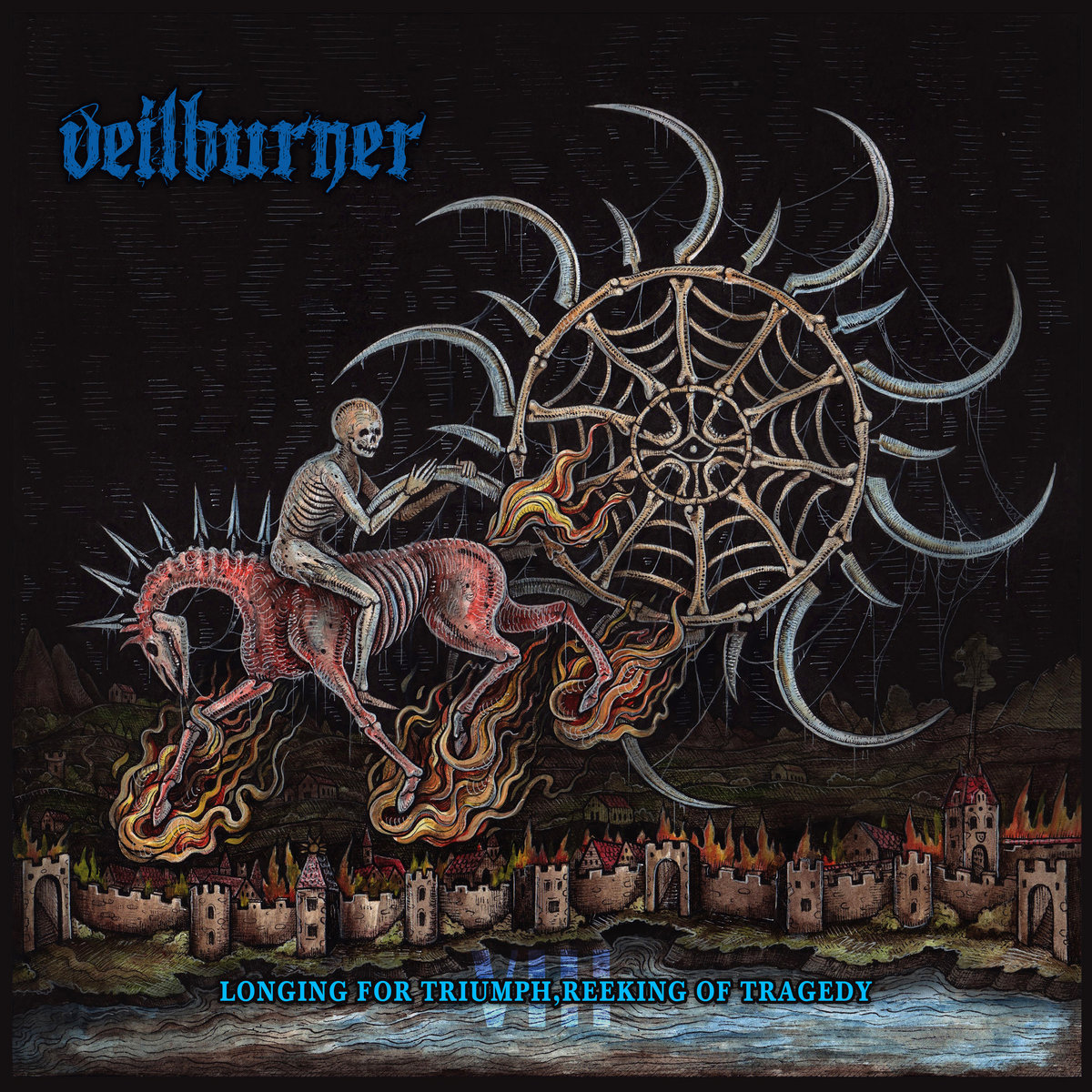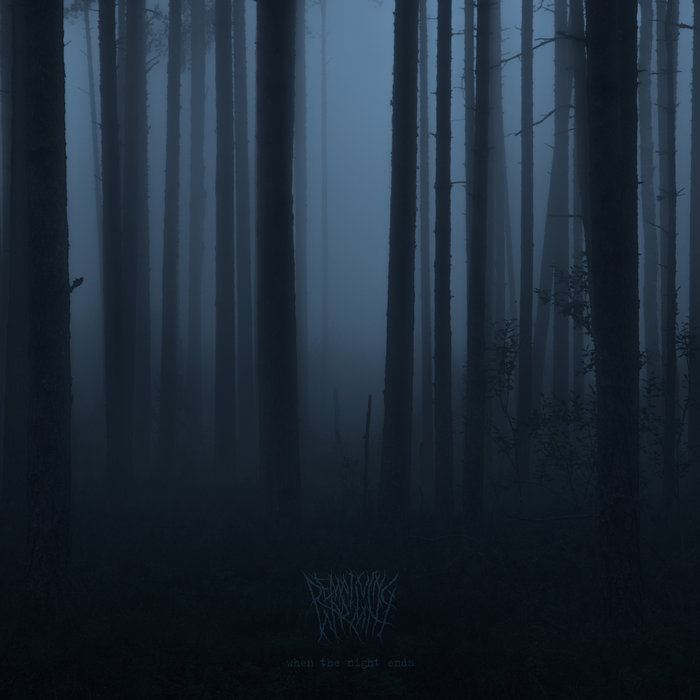When the heaving of the arpeggios sets in, when the undulating melodic flow of the tremolos follow, the drums and low-end bass rumble bellow and the sonics have a sense of choir soaring over the growls and snarls, I´m all in.
As the band said themselves, they began writing this album right after completing the highly regarded previous release, The Sundering. They wanted to take a different approach, giving the music more breathing room - exploring the atmospheric side of Black Metal, making the music more grandiose. Oh well, when the gates open for the flood of sounds on the opener “An Everflowing Vessel” and the music pours over you, you know that they have accomplished that.
Taking an approach to combine “grandiose” with that genre can easily lead the band astray and the music might become pathetic. But Krigsgrav seem to compose with a magic wand that lets the music sweep through you with melodies that make earworms after a couple of listens. Just listen to the choir part on the opener, you just want to go back to it. But you don´t because you are thrown into the next song, ”The Black Oak”, that fades in as the acoustic part of the previous fades out: Fast moving tremolos shaping the musical theme and the drums steadying the sound with low-end bass driving forward developing the melody until an acoustic part rises before the wall of sound to support the growling vocals. The song shifts and turns, levitates to parts with long takes before morphing into fast-paced mode. It is so impeccably well done.
The melodic swells and surges keep you immersed in the dense and wide music that sometimes suddenly turns into parts with fast and intense blast beats. It is done so well on the song ”Journeyman”. After a kind of Melodic Death Metal opening, and a part with swirling guitar and a distant sense of a choir, the bass drums begin to tumble. As the music changes, the guitar rises and immerses the growling vocals and it morphs into a swell of sound before turning into a part with the drums in blast-mode, but the rest of the musical soundscape holds back soaring over it with a specter of a choir buried in the layers.
The way the drumkit is used in some songs is utterly fascinating. On the song ”The World We Leave Behind” the bass drum plays extremely turbulently, contrasting the guitars that hover above in a kind of holding pattern; like keeping your breath before it slowly forms the theme the song is built around. Later in the song, the drums tighten the sound together with its fast hits on the bass drums. The same goes for ”In Seas of Perdition” where the tremolo opening is accompanied by massive drumming as if it is infected by the previous song. The drums tighten toward blast beats and drive the track forward. It turns into a fast and solid song with swelling energy. The drumming becomes extremely diverse, driving the song forward to a high-pitched solo that is eventually echoing out into emptiness.
The album ends with ”Alone With the Setting Sun”, a song that in my ears starts closer to the previous album than the other songs. And that is again a fascinating aspect of the song. Not meaning the acoustic opening with fuzzy guitar on each side, but the moment when the song morphs into fast melodic tremolos I get a clear glimpse of the previous album. The growling vocals taking over now are answered by snarling vocals from a far corner of the music as the drums go into blast mode. The song is woven together extremely tight with a high-pitched fast guitar that signals a shift to a broader more atmospheric part with repetitive rhythmic melodic bursts before it is heaving with tremolos once more to take up the melody from the beginning, repeating it as the music flows forward to an acoustic echoing end.
One might be forgiven listening through July this year to get other associations than the band has meant with this album. Given the band´s name (“War Grave” in Scandinavian languages) and the title, it is easy to let your thoughts wander to a harrowing war on our borders and a Southern Europe in flames as these lines are written. But, come autumn, we might perceive the title differently and the way it was meant when lifted from a line of a poem by R. L. Stevenson (yes, he who wrote Treasure Island). The spectacular colors of autumn combined with campfires, burning of garden waste, and afterthoughts.
And to leave the best to the end, I have not mentioned the song I think is the most spectacular one on the album. ”When I’m Gone, Let the Wolves Come” is a bonus track only for those of you who buy hard copies. It might be worth it because this song morphs into a melodic theme so engaging you think you must have heard it before. You haven´t, it is just astonishing songwriting with care for the melody and how to build it with the instruments at hand. I adore this track so much for its astonishing melodic theme, diversity, and how they fuse together styles. I will leave it at that, and to you decide for yourself.




